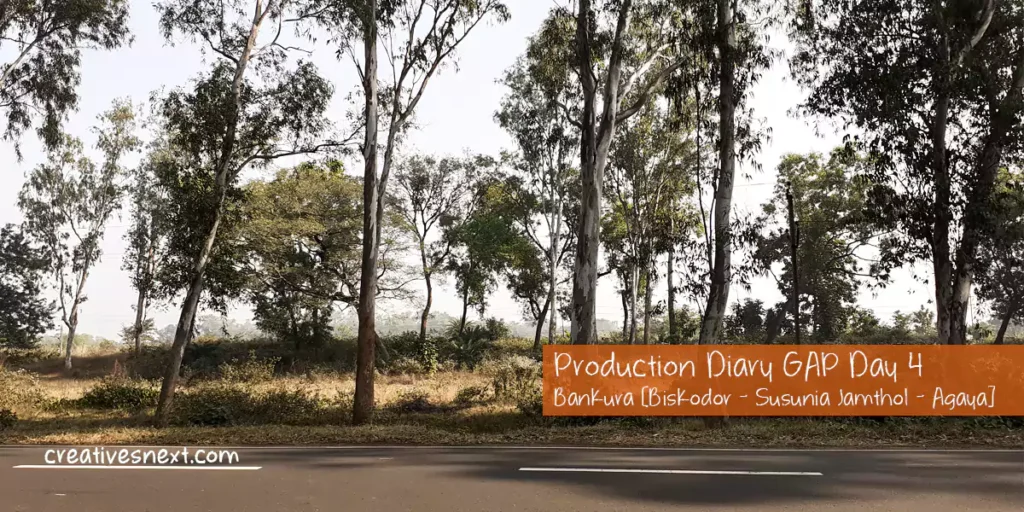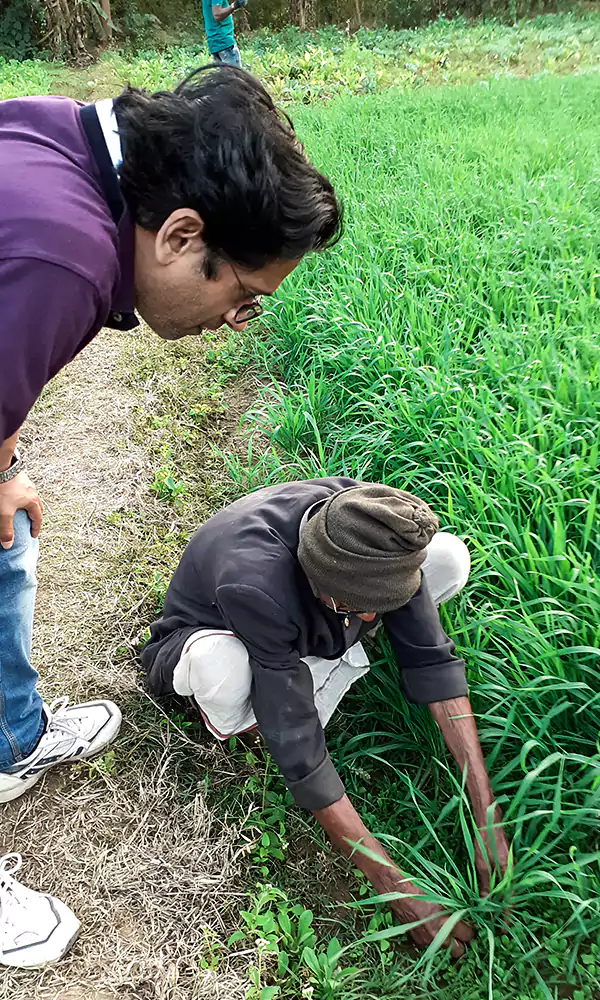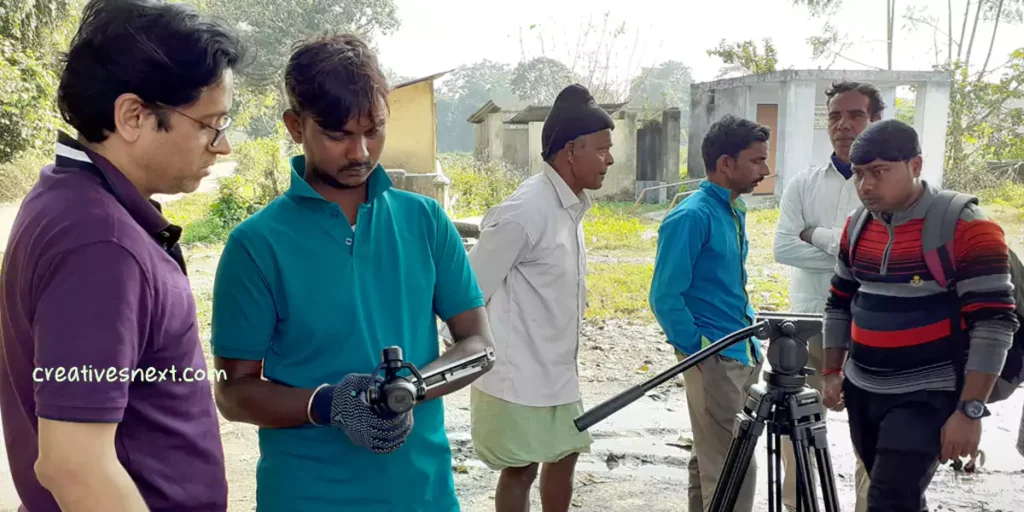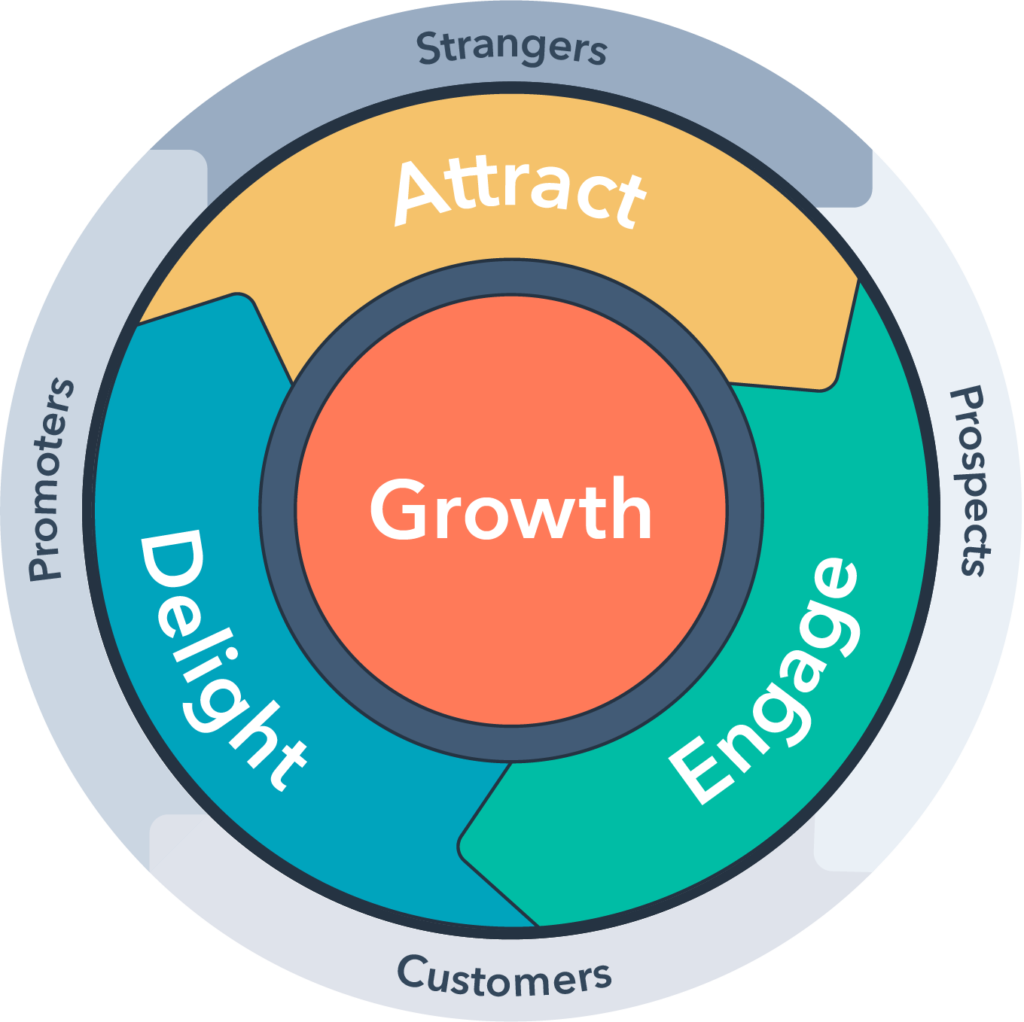
Diary – GAP Day 4 – Shooting in Bankura for Agricultural Documentary
GAP Techniques in Farming applied in Bankura Villages – Biskodar – Susunia Jamthol – Agaya
January 6, 2020: We, a crew of 4, reached at a Rest House in the town of Bankura at the end of shooting for Day 3. The next morning, we started for villages not far away, Biskodor.
While shooting on the Day 4 in the villages of Bankura, we had in mind that this region’s weakly aggregated soil has a low capacity to retain water due to a lack of organic matter. This makes farming more susceptible, particularly during the summer.
Better crop management and more efficient use of natural resources have resulted from the introduction of good agricultural practices, or GAP. Economic viability, safety, yield quality, and a healthy environment for crops and farmers are just a few of the challenges that GAP has addressed.

Use of Gears for Shooting Day 4 in Bankura to Capture the GAP Techniques in Farming
We used Canon 5D Mark III and DJI Ronin as the follow focus. On the lens side, we had three options, One day-today 24-105 for all the walk around, a 16-35 for wide and a 50 mm prime. For a low budget non-profit film, it lets you get wide, the CUs as well as some shallow depth of field if needed.
For sound take, we used cordless lapel with an external zoom recorder H4n. These minimal set of gears helped us shoot as well as move comfortably with almost no hassle.
There is always a tug of war between meeting the deadline before sundown, especially for the outdoor shoot and keeping up with the quality. You must pay attention to the talking heads too. It’s important you carry out an on-spot recce right before the shoot or during it via informal talks to the characters (here the GAP farmers) to build up your story line.
Revolving around the journey of the characters, their actions at their backdrop or household or fields as well the capturing the program component, you must take all these elements to carve out your (read your client, the non-profit) narrative later on the post-production table.
How to help Non-profit organizations with inbound marketing with multiple versions of videos for different social channels?
First, it’s important that they understand what inbound marketing is and how they can leverage to build a wider audience using it effectively. These days, people use same footage with different edits for different social media platforms. There was no concept of vertical video 15 years back and some platforms, like Insta or Tiktok encourage the content creators particularly for the vertical format.
Now Inbound Marketing refers to an indirect approach of marketing with building audience through content creation. This content will be on the product or services of the organization or the individual in question. This will form an authoritative (expertise) position of the organization (or the individual) of among its peers.
Unlike, push selling Inbound Marketing never asks for buying directly. Rather it engages and builds and audience. This audience, over time, turns into prospects and finally to leads.
There is arguably a three-stage process for inbound marketing. There are various templates of inbound marketing. There are many highly regarded and accepted model provided by the SEO giants. And Hubpost has several marketing templates for the non-profit organizations. But here we’ll consider the Attract – Engage – Delight model.


Now the point is, where does this perspective of this wheel remain in the context of an agricultural film!
It’s not very difficult to assess. You have to map this concept of the wheel into a ‘Problem-Case Study-Solution’ scenario in the domain you’re working on.
That’s what I precisely do at the out of every shoot. In this field, Biskodor, as far as I can still remember, the farmers went whole hog to embrace GAP techniques to grow fruits and vegetables.
So what was the problem? The problem was being a semi arid and somewhat water scarce area, this region does not see much paddy cultivation or other traditional crops. There lies the problem. The soil and climatic conditions are such that they pose difficulties toward conventional farming. So this is the problem.
Here you have the scope of attracting a stranger (up on the wheel) or a visitor or viewer with presenting an interesting problem. Create a sequence on the village itself, how cultivation in the prevailing condition was a hard and losing profession altogether etc.
Now build a case study. Bring a farmer who adopted GAP techniques and turned the tide. A comparative analysis of Before and After looks like an A/B testing in software. Capture this through talking heads, preferably in action.
You should be careful in reaching to the solution stage gradually, in phases. May be a few sequences of B-rolls with supporting narratives and interviews of the beneficiaries interspersed before the concluding sequence.
